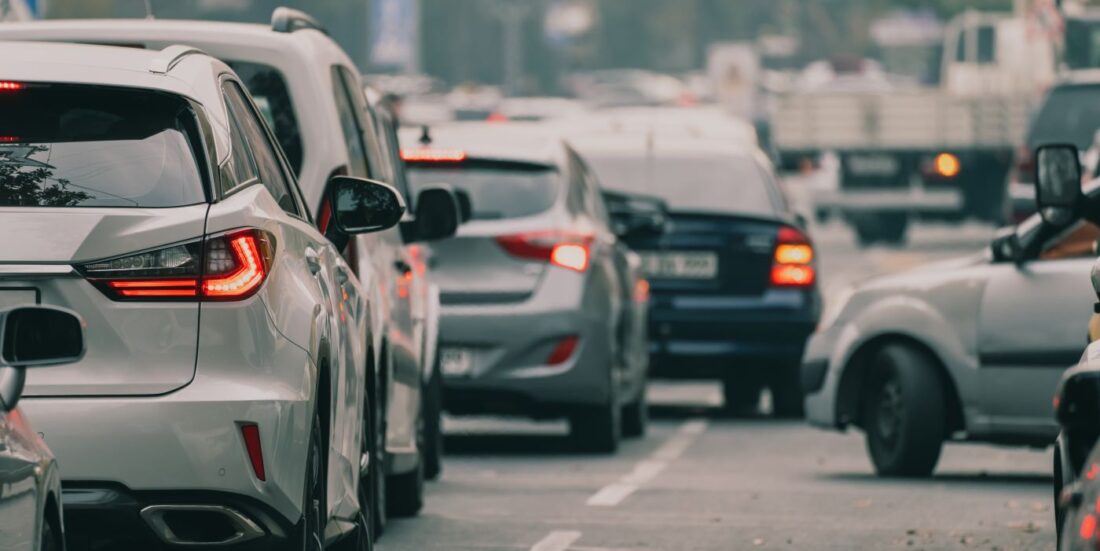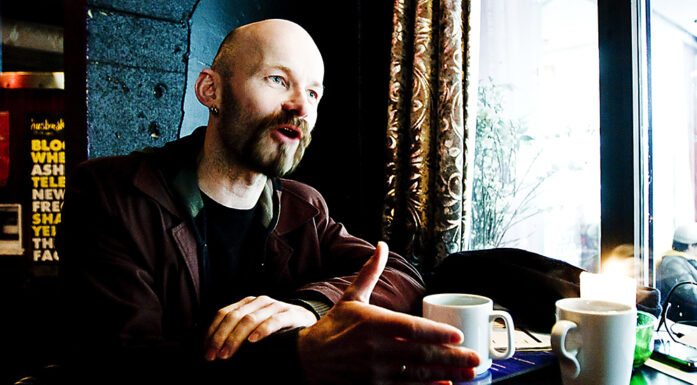Why are there traffic jams, and what can we do to avoid them?
No one likes sitting in a traffic jam. Research shows that the average Norwegian motorist is willing to fork out almost 100 kroner in order to spend one hour less in traffic. But traffic congestion can also be mitigated.
Traffic congestion will occur if the number of vehicles on a given road exceeds its carrying capacity. This is no fun at all for those sitting in their cars. Nor is it beneficial from a socioeconomic perspective. Trond Foss is a Senior Research Scientist at SINTEF Community and is well aware of the issues. Moreover, he has some advice up his sleeve for how traffic jams can be avoided.
No one likes sitting in a traffic jam. The average Norwegian motorist is willing to fork out almost 100 kroner in order to spend one hour less in traffic. For commercial drivers, it is even more important that traffic runs smoothly, and they are prepared to spend 500 kroner in order to save an hour.
Congestion is first and foremost a problem in urban areas where space for development is at a premium. At the same time, some city politicians deliberately want to refrain from road building as a means of coaxing motorists into using public transport, or persuading them to walk or cycle.
Foss himself avoids jams by employing the old trick of getting up early and driving to work while other motorists are still in their slippers. Car sharing, the use of public transport or working from home can also help to reduce congestion. The public authorities can also reduce the problem by such actions as increasing toll charges during rush hours.
In actual fact, Foss believes that there is an optimal driving speed that will prevent congestion, and he reveals the magic number in an episode of the podcast series ‘Smart Forklart’ (Smart technology explained, in Norwegian).
You can listen to the episode about traffic congestion here, or from wherever you access your podcasts.





